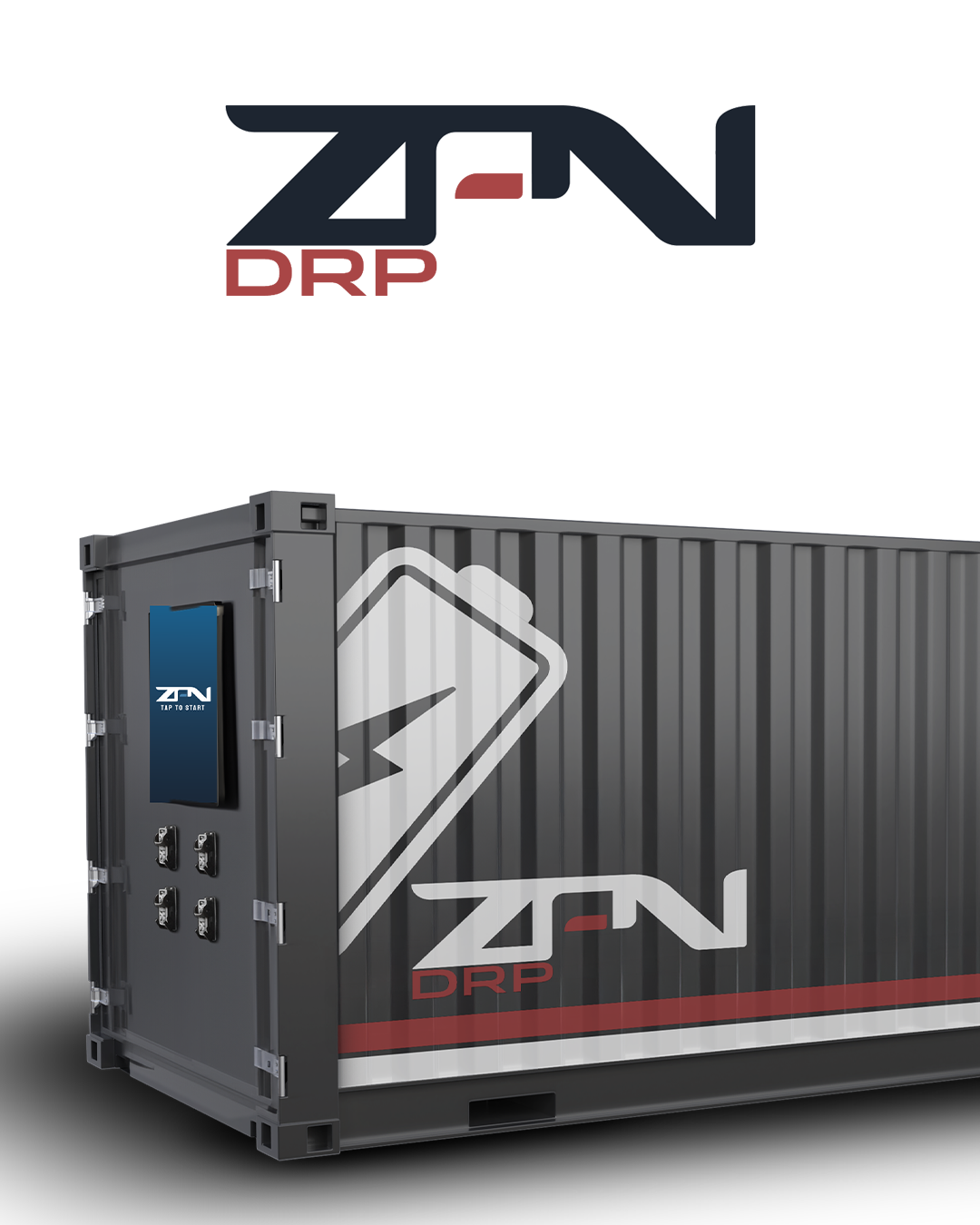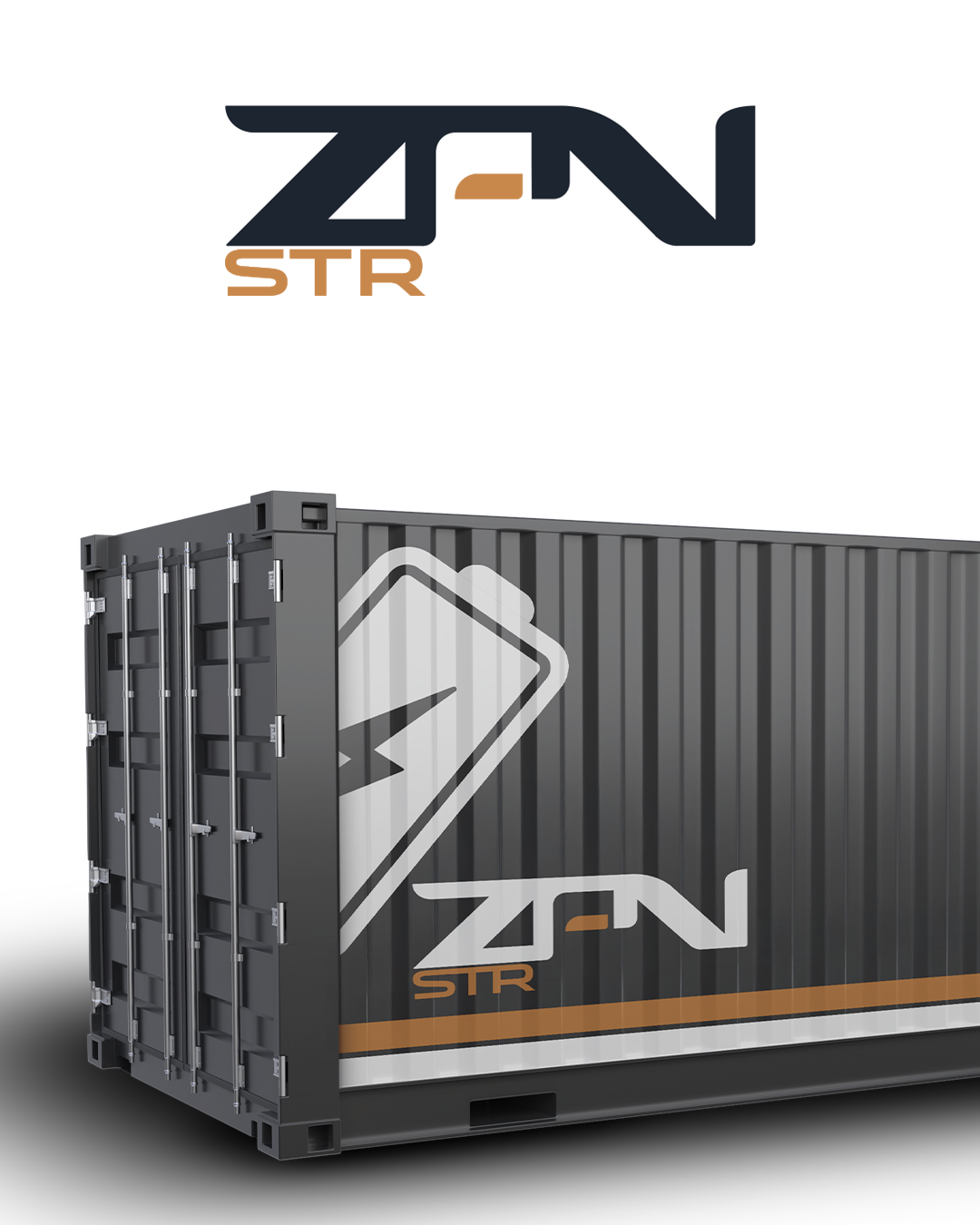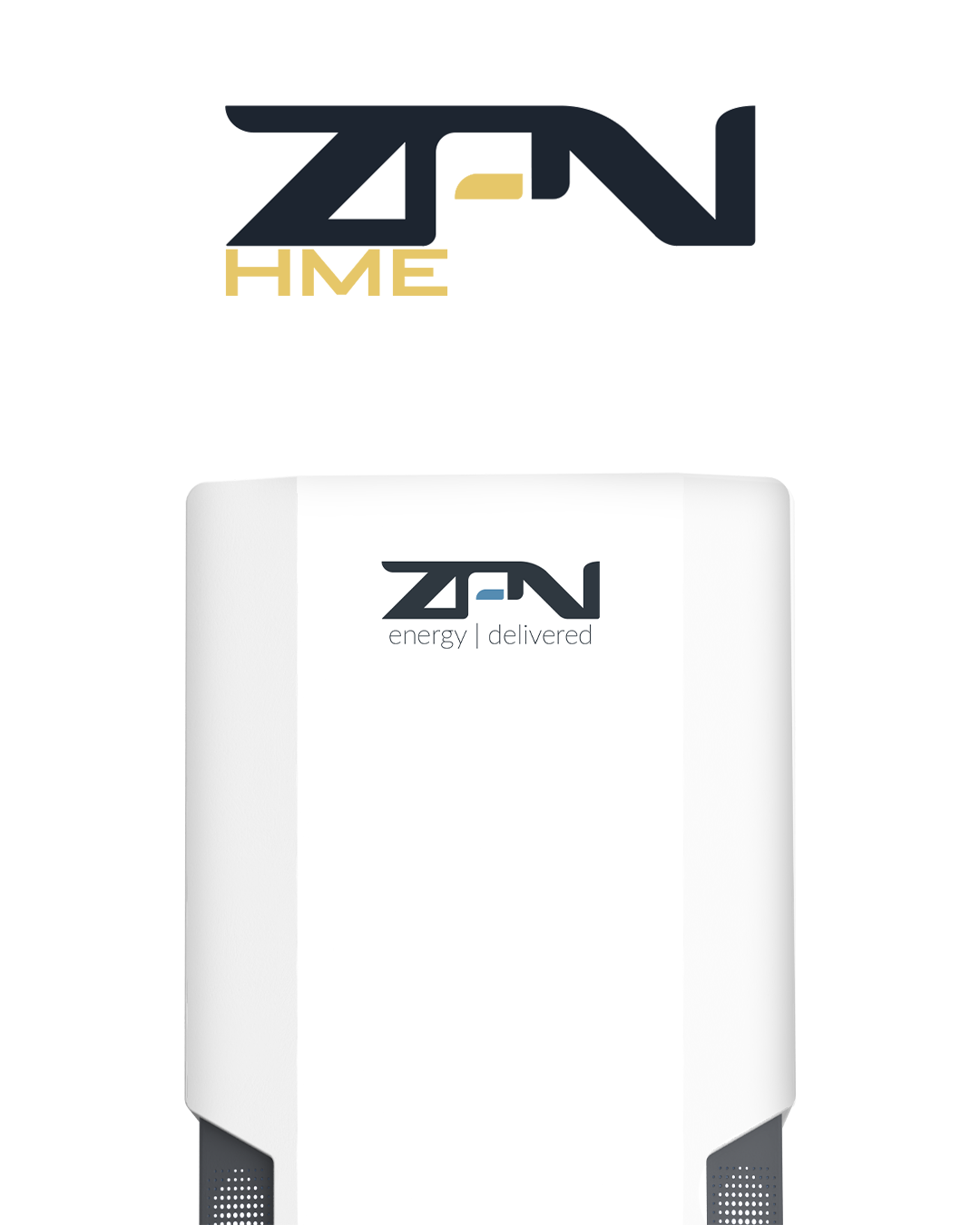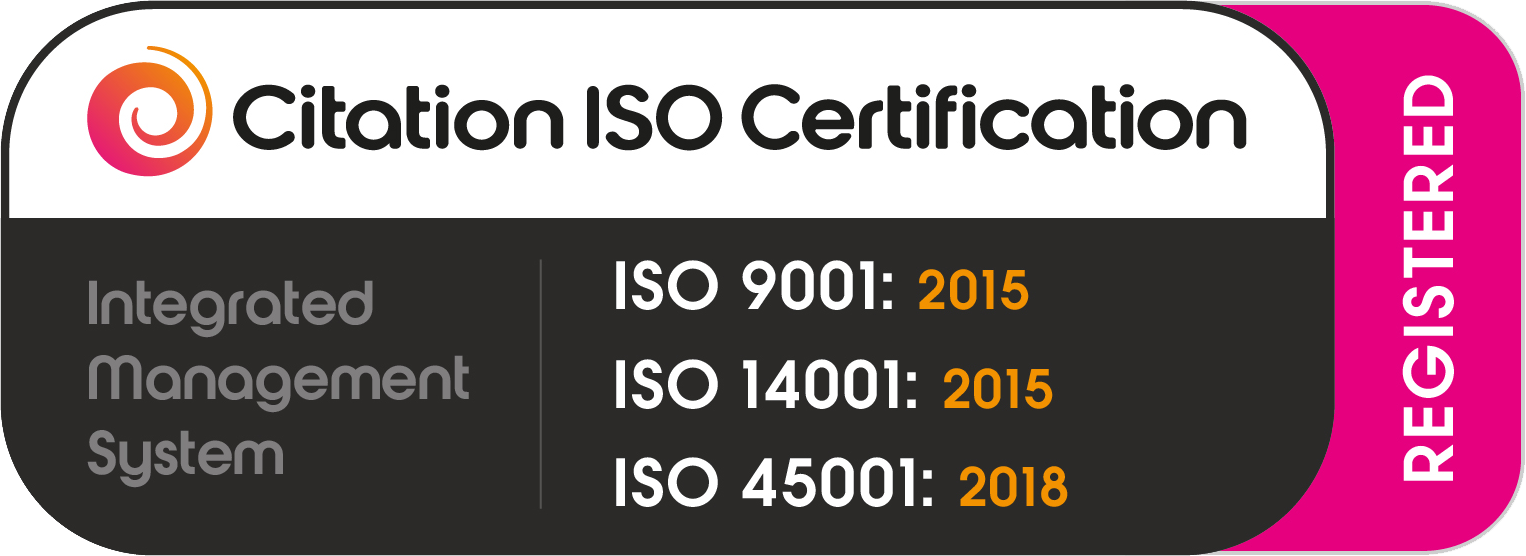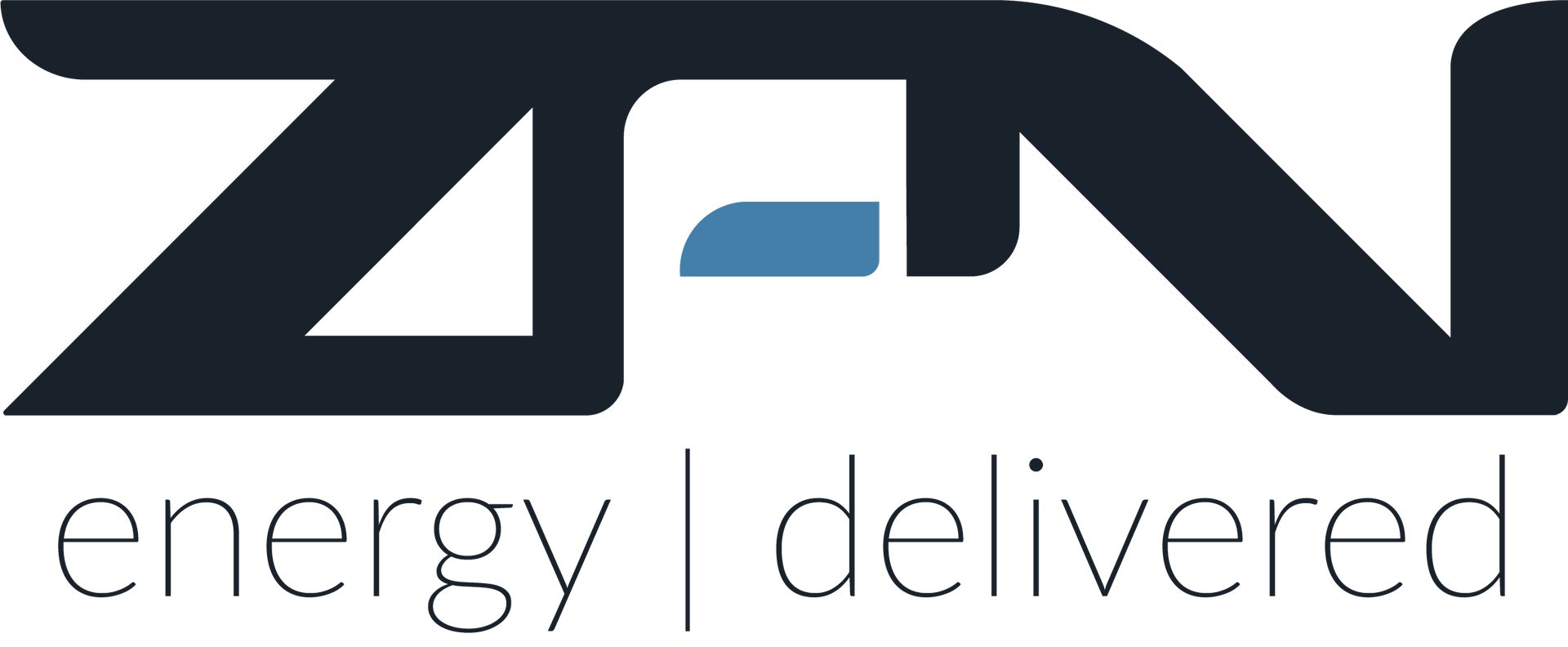Explore the Technology Behind ZPN
More information about our advanced solutions
Pioneers of Smart Energy, Built in Britain.
About ZPN Energy
British Innovators:
Founded in Coventry in 2015, ZPN Energy is the UK’s leading manufacturer of rapid and ultra-rapid EV chargers and the inventors of the world’s first mobile EV charger.
Trusted by Industry Leaders:
Our technology is deployed by Network Rail, Heathrow Airport, Toyota and major automotive groups delivering proven results nationwide.
Complete Energy Solutions:
We specialise in integrated energy management, combining EV charging, battery storage and renewables to deliver reliable, net zero ready power for homes, businesses and public spaces.
Committed to Sustainability:
Every ZPN project is designed to cut carbon, accelerate EV adoption and drive progress towards a cleaner, more sustainable future.
STR®
Modular energy storage that balances your site and supports rapid charging, even off-grid.
How The System Works?
Seamless, Intelligent Integration for Maximum Efficiency and Uptime
Always Rapid. Always Reliable.
Energy is stored onsite in a centralised battery system.
A 5MWh containerised BESS stores solar and off-peak grid energy for use throughout the day dramatically reducing imported energy costs and reliance on the grid.
Smart EMS manages all inputs and outputs.
Our Energy Management System (EMS) connects the battery, solar and future CHP. It constantly optimises charge/discharge cycles to balance energy use, storage, and export all in real time.
Instant backup during peak demand.
If site load suddenly spikes or generation drops, the BESS steps in instantly. This avoids unnecessary grid import at peak tariffs and maintains continuous power flow to operations.
Peak shaving = maximum savings.
The system buys electricity when it's cheapest and displaces usage when tariffs peak. This strategy known as load shifting ensures every kilowatt is used with financial intent.
Fully compatible with existing solar and CHP.
Your battery works in harmony with your rooftop solar and future Combined Heat & Power (CHP) installation capturing, storing and distributing energy as one intelligent system.
AC vs DC Coupling:
What’s the Difference and Why It Matters
How your battery integrates with the solar and grid setup impacts flexibility, efficiency and future export capabilities.
Here’s what you need to know before making a choice.

AC Coupled System
Solar energy is first converted to AC, then used to supply the load, exported to the grid or passed through another inverter to be stored in the battery.
Benefits:
- Flexible positioning and sizing of battery and inverter
- Works with existing grid interface and inverter hardware
- Seamless integration with ZPN’s Energy Management System (EMS)
- No risk of impacting existing Feed-in Tariff (FiT) scheme
- Simplified installation process
Considerations:
- May require an update to your connection agreement to account for new generation capacity
- Slightly less efficient due to AC -DC-AC conversion cycle
DC Coupled System
Solar energy charges the battery directly before being converted to AC. This enables more efficient storage but comes with hardware and metering requirements.
Benefits:
- Avoids increasing site generation capacity (battery sits “behind” the inverter).
- Improved round trip efficiency from direct DC energy flow to battery
- Captures solar clipping more effectively
Considerations:
- Existing inverters must be replaced with hybrid models
- New inverter must match battery capacity
- Bi-directional metering may be required to maintain FiT eligibility
- Additional engineering needed to fully integrate with ZPN’s EMS
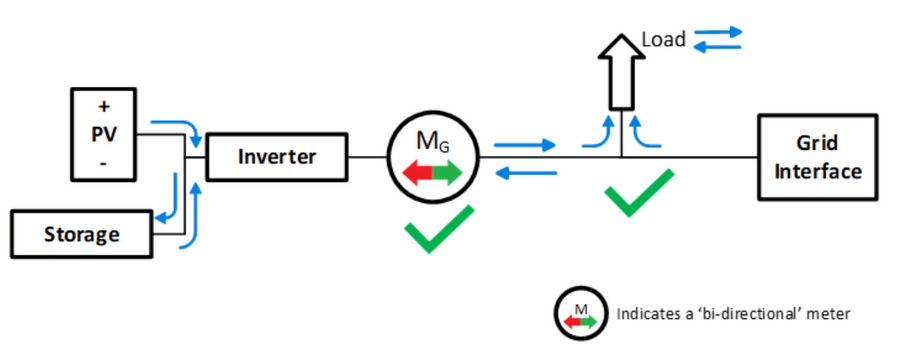
Proven In The Real World
Delivering Tangible CO₂ Savings with Solar and Battery Innovation
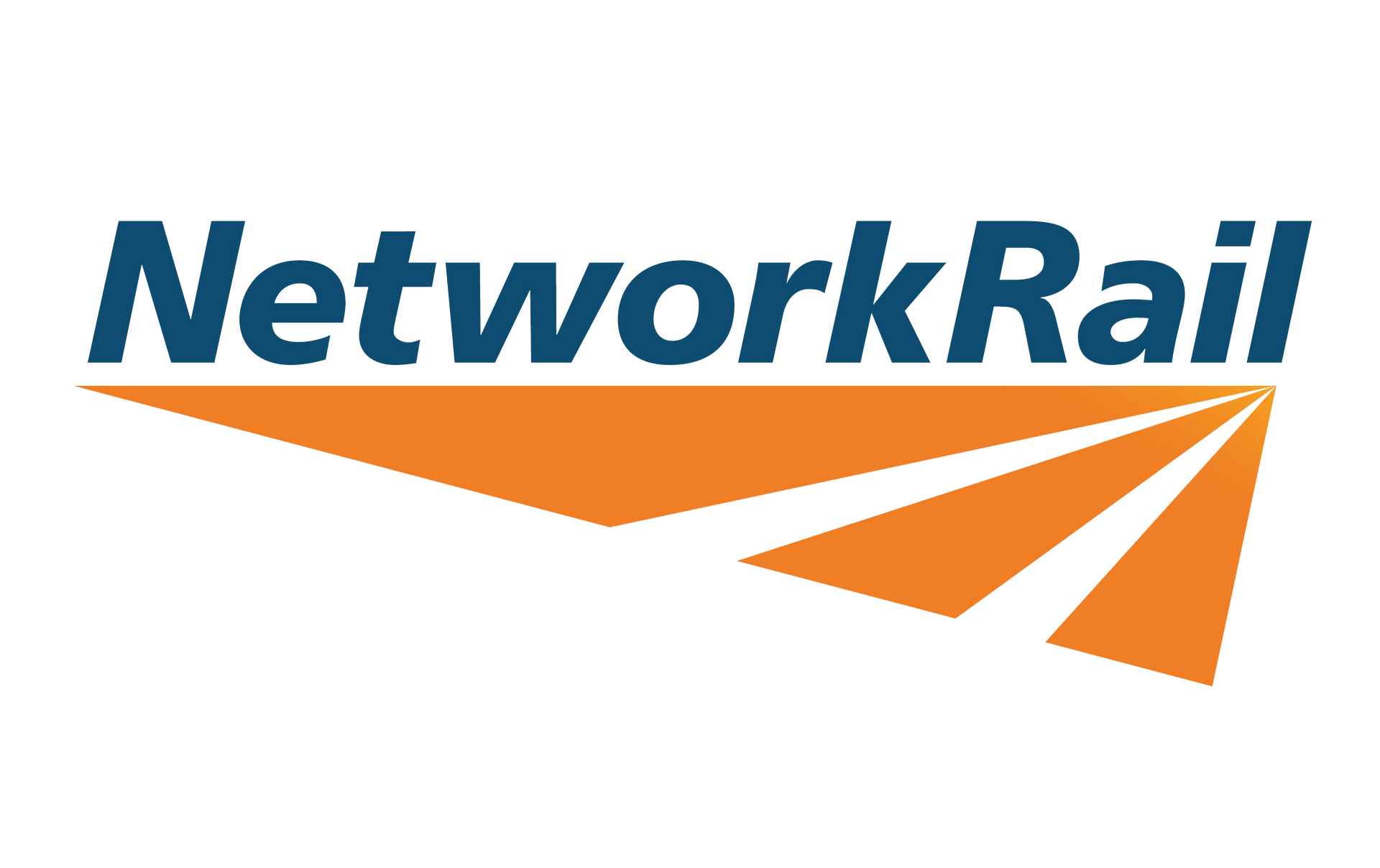
Network Rail
ZPN has been selected by Network Rail to roll-out rapid EV charging in stations and we are currently working on the initial ten sites out of the initial 85 sites.

Heathrow Airport
Our mobile charging solutions are in use in Heathrow Airport providing power to VIP cars.
Case studies
Toyota West London (energy cost reduction, public charging revenue), Hawkins Motor Group (multi-site rollout, ROI under 2 years). Audi RS Etron Event (DRP & ZAPME charging). Team to supply upon request.
FAQs
Answers to questions you may be thinking of
Will installing the battery affect our existing Feed in Tariff (FiT) payments?
No, not with AC coupling. The ZPN system has been designed to avoid impacting existing FiT arrangements. With DC coupling, a bi-directional meter may be required to retain compliance.
Why has AC coupling been recommended for Ransfords?
AC coupling offers greater flexibility, avoids major infrastructure changes, maintains FiT eligibility and simplifies installation. It's the ideal retrofit option for your current solar and grid setup.
Can this system be expanded or upgraded in the future?
Yes. The modular design of ZPN’s BESS allows for future expansion and the EMS can support additional assets like CHP, solar extensions, or vehicle charging infrastructure.
What happens if our CHP unit is delayed?
The system is fully functional without the CHP. It will still reduce costs, capture surplus solar and operate independently. The CHP will simply enhance the ROI when brought online.
What’s included in the proposed solution?
A centralised 5MWh battery in a 20ft container, Power Conversion System (PCS), HV ring connection, full EMS software and civil/electrical works all delivered by ZPN’s team.
Will we be able to participate in energy markets or capacity schemes?
Yes, the system is designed to enable entry into capacity markets (e.g. triad avoidance, load shedding), with modelled assumptions estimating £10k–£20k per year in additional revenue.
Who will maintain and monitor the system after installation?
ZPN provides remote EMS monitoring, system diagnostics and ongoing support. Maintenance packages can be included to ensure optimal performance and uptime.


